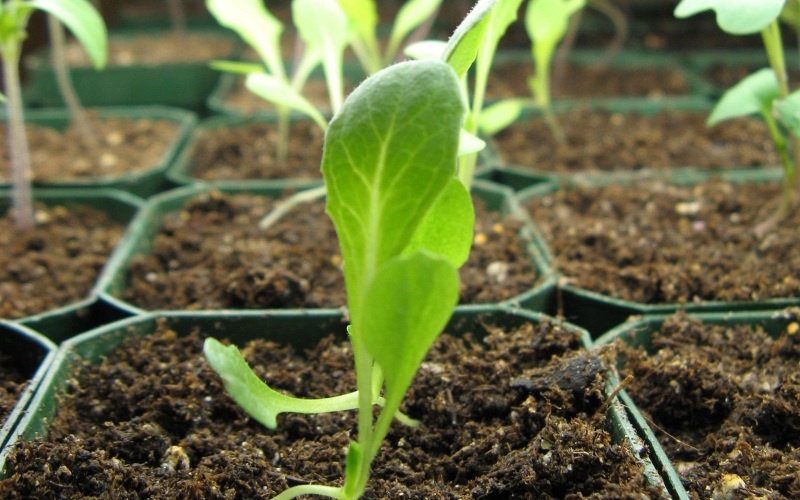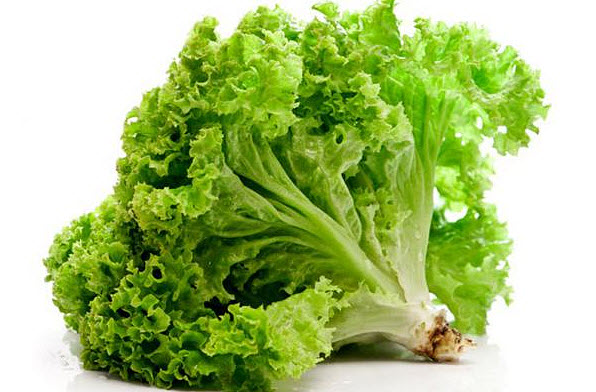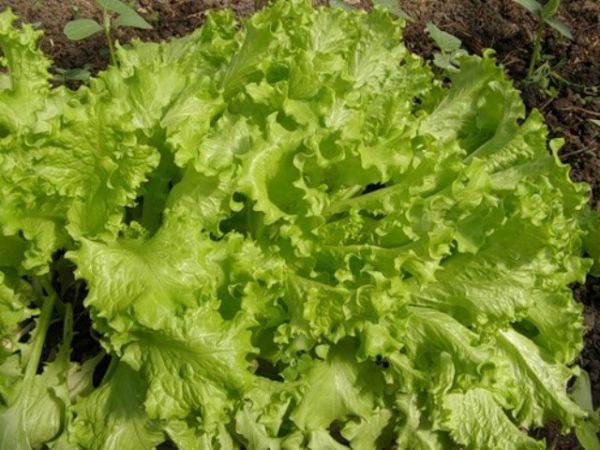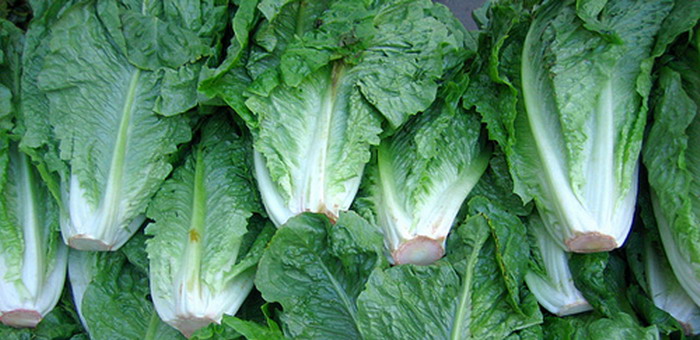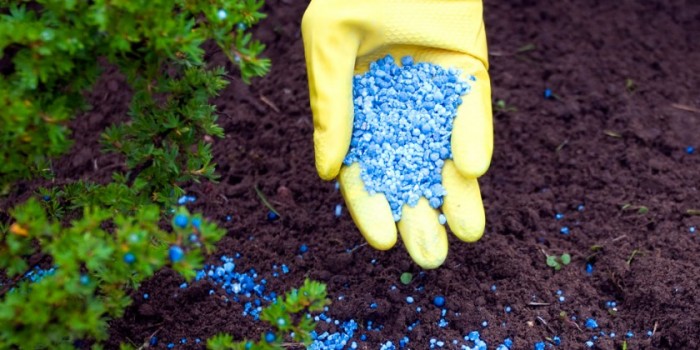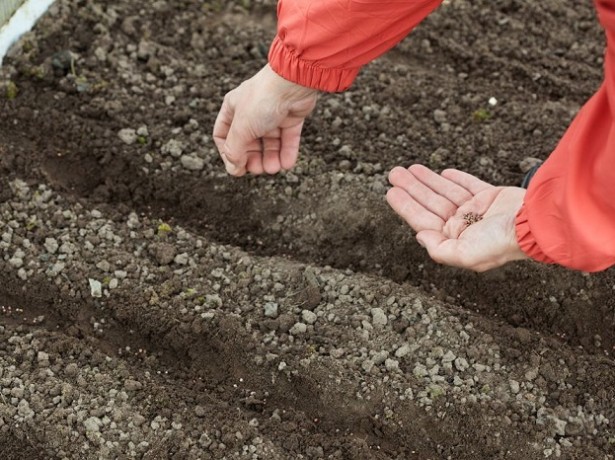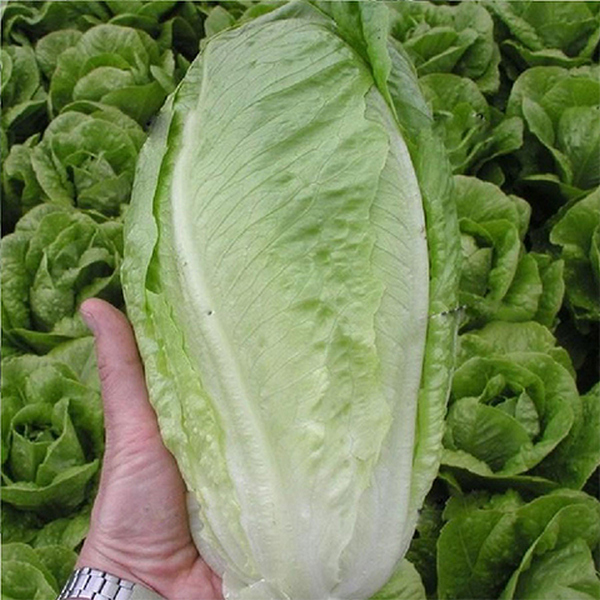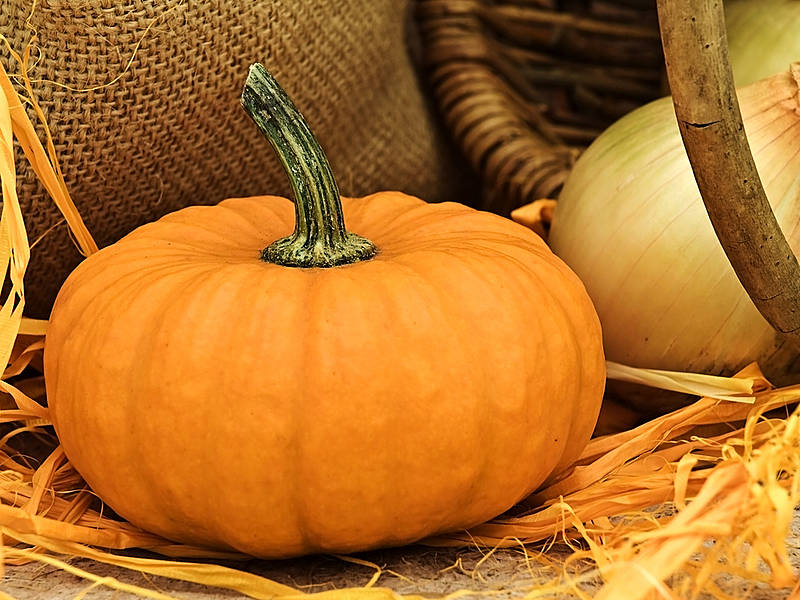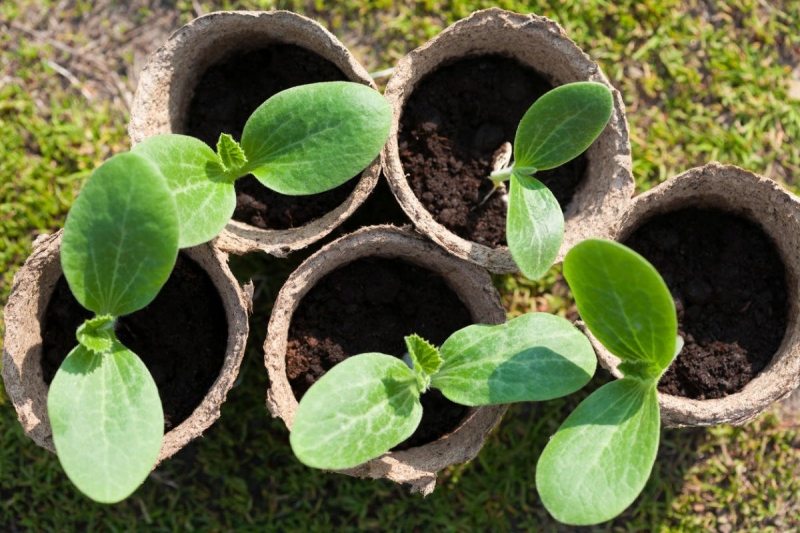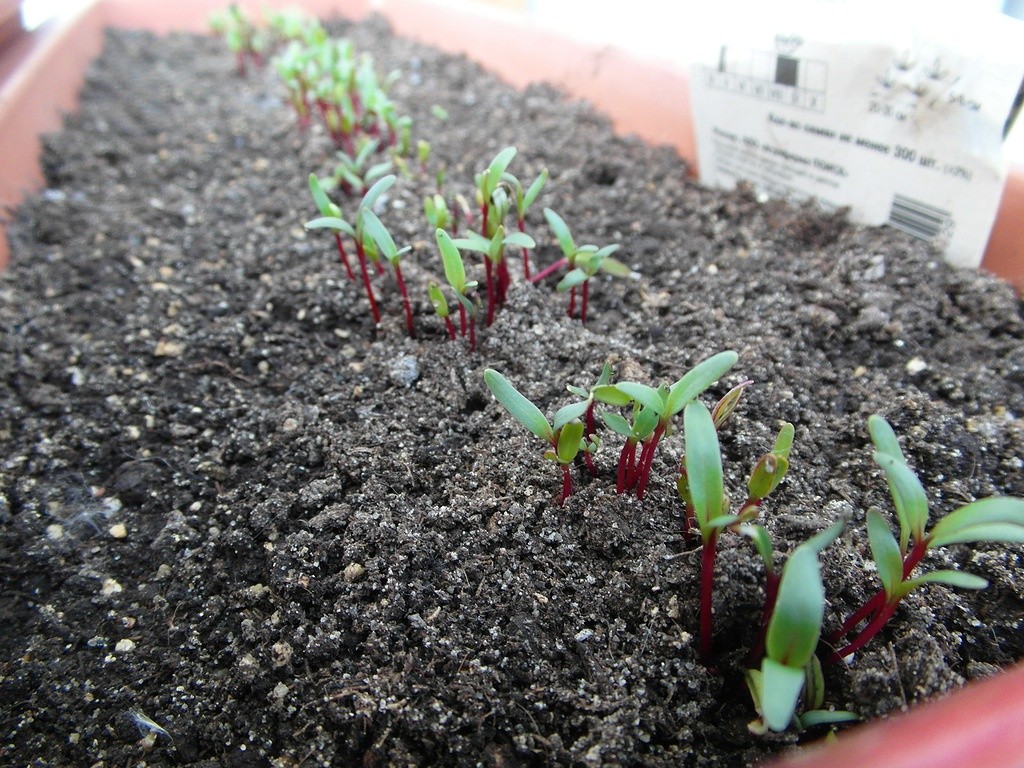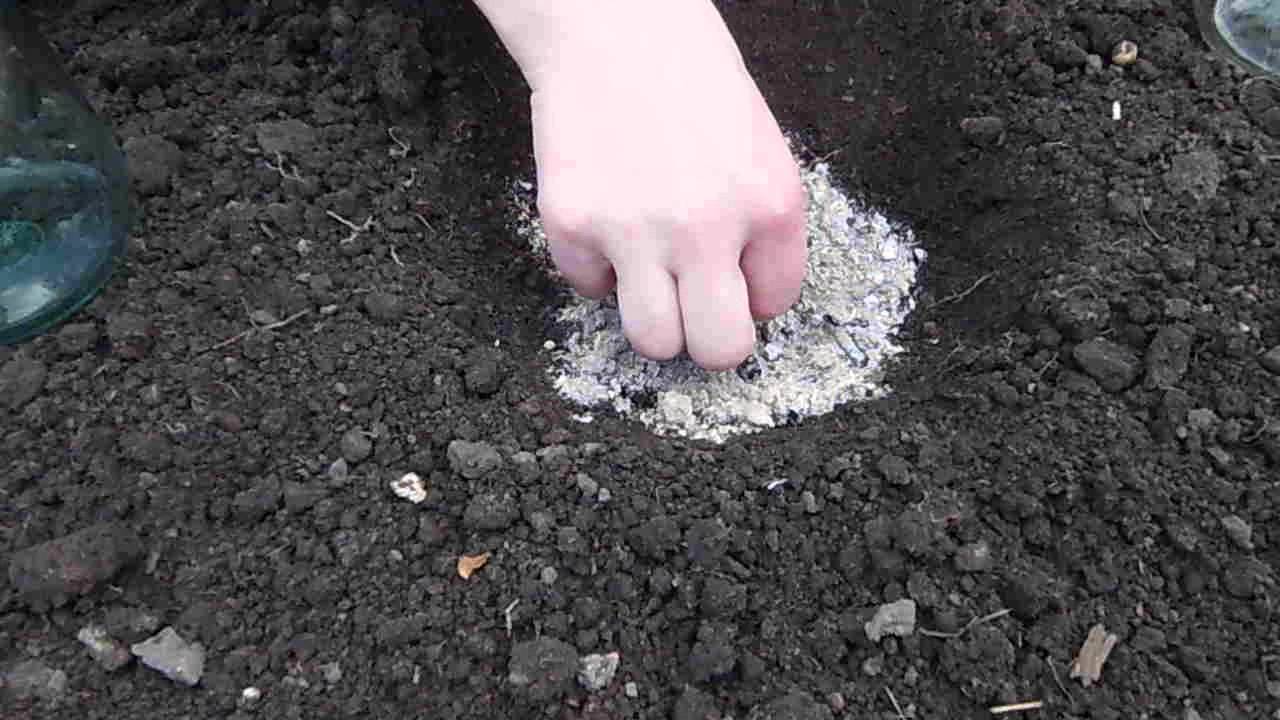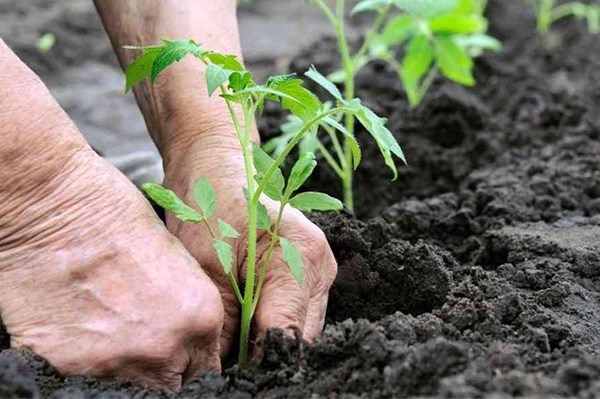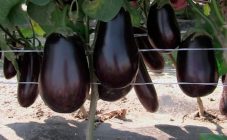Content:
The salad can be grown all year round. In spring and summer, it is planted in open ground, and in the cold season, fresh greens grow on window sills. Due to its beneficial properties and pleasant taste, salad is an ingredient in many dishes. The article discusses when to plant salad in open ground in spring, the basic rules of agricultural technology, which variety to choose, a description of popular varieties, advantages and disadvantages.
general information
The salad was cultivated in the 18th century. For the first time, the French began to add the plant to dishes. In another way it is called "Latuk".
Salad is a storehouse of vitamins and minerals. In folk medicine, it is used to treat blood leukemia, as a prophylaxis for Alzheimer's disease. Leaves lower blood cholesterol. The stems of the plant contain an antifungal and antimicrobial substance - lactucaria.
Eating leaves improves the condition of the skin, hair, and accelerates the process of cell regeneration. The juice contains chemical trace elements:
- Phosphorus;
- Sulfur;
- Silicon.
If there is a summer cottage or garden plot, then greens are necessarily planted. It is necessary to choose a variety of lettuce based on the characteristics of the plant, taste characteristics. Scope: in cooking, in folk medicine.
Description of popular salad varieties
There are 4 types of salad:
- Sheet;
- Half-cabbage;
- Kochanny;
- Roman.
Sheet
The leafy variety is used in cooking. Oblong leaves are plucked from the plant for food. In shape, they are: triangular, dissected, oak-leaved, fan-shaped. The color of the leaf depends on the variety; they can be pale green, yellowish, bright red.
Popular varieties:
- Fun - mid-season variety, is resistant to diseases and pests. Leaves are bright red, large, oily texture. The weight of one outlet reaches 150-200 g;
- Emerald. The variety is mid-season, drought-resistant. The leaves are dark green, finely bubbly. Plant weight reaches 60 g;
- Critset. Early grade. Suitable for greenhouse or outdoor cultivation. Resistant to stalking and hot weather. Leaves are light green, sometimes yellow. The plant ripens in 6-7 weeks. The weight of the outlet is about 200-250 g;
- Ballet. The variety is suitable for cultivation in summer and winter. Grows well even with a lack of light. The foliage is dark green in color, juicy, crispy, fan-shaped. The outlet weight reaches 600 g.
Half-cabbage
The variety differs from the leaf one in that the leaves in the process of growth are formed into semi-closed small heads of cabbage.
Famous varieties:
- Festival. The variety is mid-season, ripening period is almost 10 weeks. The leaves are pale green, the rosette is rounded in shape, grows up to 150 g in weight;
- Growing salad Odessa kucheryavets. Mid-season variety with a loose rosette. Leaves are green in color, crispy and tasty; corrugated edge,
- Eurydice. The variety is mid-season. Small rosette with large leaves of deep green color, crispy.
Kocanny (tsikorny)
The plant looks like small heads of cabbage. The leaves are very crispy and firm. Head lettuce varieties:
- Design... Medium late high yielding variety. It is considered to be stem resistant. Leaves are rounded, bubbly, wavy edges, delicate taste. The weight of one head reaches 650 g;
- Great Lakes. Late salad variety, ripens in 12-13 weeks. The head of cabbage is round, the top is closed, the leaves are dark green. The variety is resistant to heat and flowering;
- Four seasons. The variety is mid-season. The seed growing method is suitable for greenhouses and open ground. The heads are medium in size, the outer foliage is red-bronze, and the inner leaves are yellowish with an oily texture. The leaf is pleasant and delicate in taste.
Roman
Head of cabbage is oblong. The upper leaves are dark green, and the inner ones are yellow.
Popular varieties:
- Legend. The variety is rarely susceptible to diseases, resistant to shooting. The head is medium in size with green leaves;
- Parisian green. The variety tolerates heat and cold well. The head of cabbage is formed in 12-14 weeks, after the first shoots appear. The head is loose, weighing up to 300 g. The leaves are juicy, crispy;
- Balloon. Late grade. A light green head of cabbage grows elongated-oval in shape, diameter - about 12 cm, height - 20-25 cm.In terms of weight, one head of cabbage reaches 350 g.
Varieties are divided according to the ripening period:
- Early ripening (Lue Leaf, Leningradsky) - ripening time 25 days;
- Early (Robin, Lollo Bionda, Chill, Romano Ross, Curly Lettuce) - matures in 35 days;
- Mid-season (Sunshine, Vitamin) - formed in 45 days;
- Medium late (Rubin, Gourmet, Iceberg) - ripening time 55 days.
Varieties without the characteristic bitterness:
- Vitamin;
- Odessa coachman;
- Green Manul.
When choosing a variety, it is important to take into account the requirements for soil, weather conditions and growing methods (open ground or greenhouse method), ripening time.
Agricultural rules
Tips on how best to plant a salad, how to grow different varieties of salad, are suitable for novice gardeners.
The culture is considered resistant to cold weather, so the planting of early varieties of lettuce begins in April. The mid-season and late variety can be sown in the garden in the month of May and until the second half of June. You can focus on the lunar calendar.
The time for planting seeds in the garden depends on the region. Spring comes to the Krasnodar Territory earlier than to the Moscow Region.
There are several ways you can plant a salad:
- Seeds;
- Seedlings.
The main condition is that the bed should be located in a lighted, windless area. Suitable for cultivation are black soil, loamy and calcareous soils. The plant grows well in loose, nutritious soil, which contains organic fertilizers and useful trace elements. The acidity level should not exceed 7 pH. Lettuce will develop poorly if the soil is heavy and clayey. In such a soil, the seeds can partially sprout, the cultivation of salad seedlings will be difficult.
If planting seeds is planned in the winter, then home containers should be on a well-lit windowsill.
Good predecessors are:
- Cucumbers;
- Cabbage;
- Potatoes;
- Zucchini.
Favorable neighborhood for salad with onions (it scares away aphids from the salad).
Site preparation
The bed must be prepared in advance, the land must be fertilized. In autumn, they dig up the earth, fertilize it with manure or humus, loosen it, remove the remnants of weeds, roots, tops.
In the spring, before planting, it is recommended to apply mineral fertilizers. Take 10 g of superphosphate, 5 g of potassium sulfate, 20 ml of Solution. Instead of mortar, lime or dolomite flour is added to acidic soils (for 1 sq. M 200 g of dolomite flour). After applying fertilizers, dig up the ground, loosen it. After 5-7 days, you can sow seeds.
How to plant seeds outdoors
Novice gardeners are encouraged to learn how to plant lettuce with seeds outdoors.
Make grooves on the garden bed, maximum 1 cm deep. Each strip should be at a distance of 15-20 cm. Mix the seeds with sand (sow each grain separately for a long time). Water the earth, distribute the seeds evenly into the grooves, sprinkle a little with earth, lightly tamp with your hands. You can sow seeds in bulk without adding sand (if the soil is loose enough), how to plant salad in open ground depends on the condition of the soil.
Seedlings appear at a temperature of 5 degrees. When they all sprout, the young shoots must be thinned so that the distance between the seedlings is 8 cm (leafy varieties) and 15 cm (head lettuce).
If the seedlings are germinated at home, then the seeds must be planted in the nutrient mixture, deepening the seed by 0.5 cm.
Having studied the agrotechnical manipulations of how to plant salad with seeds in the ground, you can expect a decent harvest.
Plant care
The main rules for caring for a plant are:
- Regular watering;
- Weeding;
- Loosening.
If possible, loosen it after each soil moisture (watering, rain). The beds must be clean. Weeds interfere with the normal growth of lettuce, and absorb micronutrients from the soil.
Advantages and disadvantages of popular varieties
Varieties of lettuce allow gardeners to choose the variety that is optimal for their region. To grow a good crop, you need to know the pros and cons of the main varieties.
Passion
Mid-season variety, demanding on the composition of the soil. Ripens in 9 weeks after the seedlings fully emerge. Suitable for growing both in the greenhouse and in the open field. Average weight of a rosette - 250 g. Fan-shaped greens are tender, crunchy, pleasant to the taste.
Features. With proper feeding and moderate watering, the plant is actively developing. Minus - with an excess of soil moisture there is a risk of root rot.
Dubrava
A mid-season variety of lettuce, the growing season is 9-11 weeks. The average weight of the rosette is 200 g. The leaf is large, the bush is formed upright. The foliage is yellow-green, oily structure. Dubrava is appreciated for its taste. Planted with seeds or seedlings.
Variety advantage - resistance to diseases (gray rot) and the influence of the sun (marginal leaf burn).
Romain Gelbus
The growing season lasts 12-13 weeks, the bush grows vertically, oblong in shape. The greens are crispy, tender. The variety is popular for its juicy and tasty foliage and high yield.
Among the disadvantages, it can be noted that constant soil moisture is required. When the soil dries out, the lettuce begins to wilt and die.
Salad is a necessary plant in every summer cottage. The plant is tasty, healthy and easy to grow. The correct approach to agricultural technology will allow you to get a large harvest. It remains for the gardener to pick up the type of salad he likes and sow seeds in the garden.
